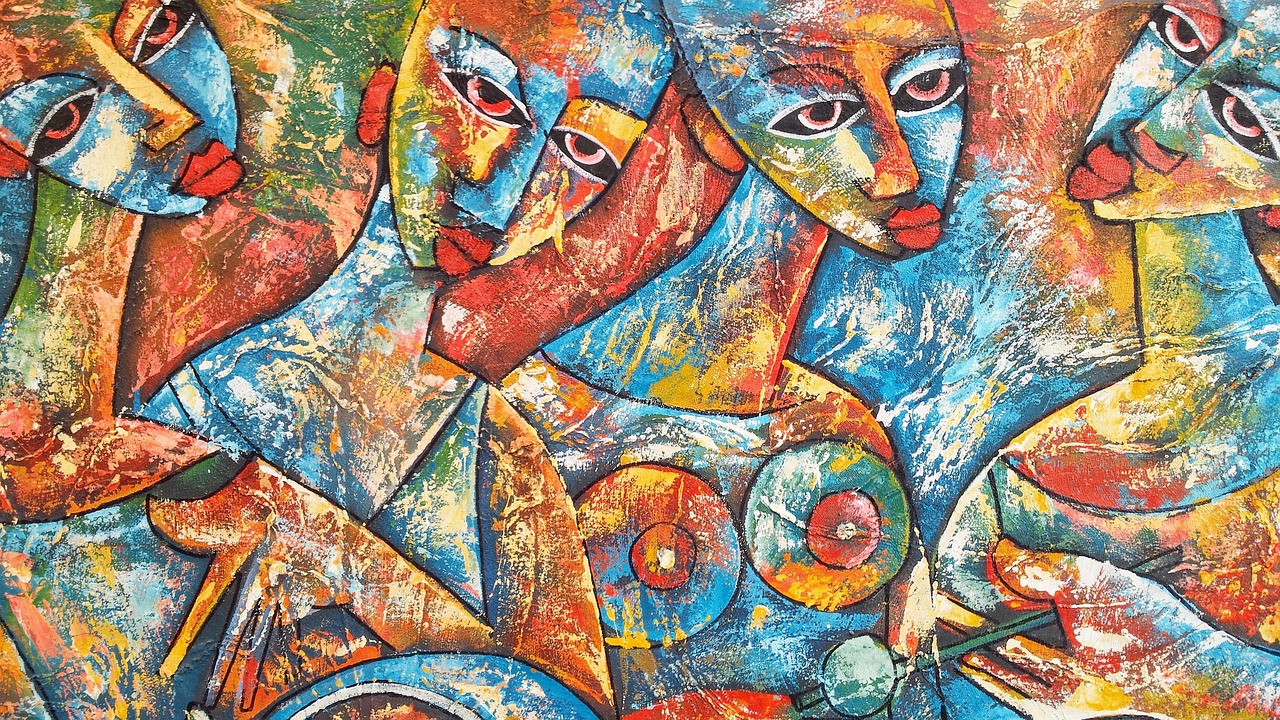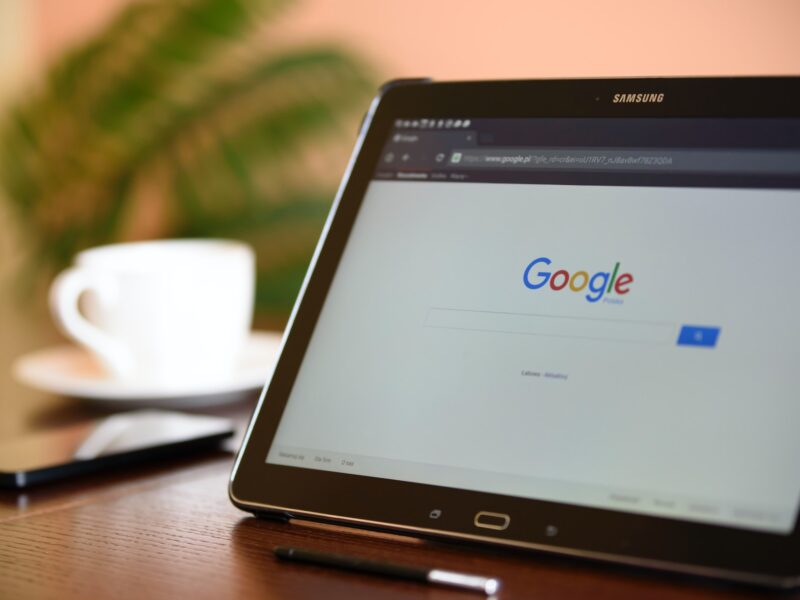The earliest form of marketing in the arts was through word-of-mouth. Artists would get their work seen by other artists and patrons, spreading the word to more people if they liked it. One of the most famous examples of this is Michelangelo’s David, which he completed in 1504 and debuted at Florence Cathedral. It immediately became a sensation and was soon installed into the Palazzo Vecchio for public viewing when Vasari became director there two years later.
However, as time went on, many things changed that affected how art was marketed. The advent of photography meant that instead of visiting someone’s gallery or museum in person, you could look at photographs online or print them out. Nowadays, you can even book art object for special events. Let’s look at the evolution below:
Mouth-to-mouth Marketing
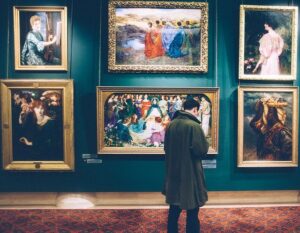 Art marketing is tricky nowadays since it’s a niche market, but it was all the rage back then, and craftsmen and artists would market their arts using word-of-mouth. It’s similar to how you would recommend the place to your peers and friends when you had a good experience after eating in a new restaurant, which is very simple yet have a powerful effect.
Art marketing is tricky nowadays since it’s a niche market, but it was all the rage back then, and craftsmen and artists would market their arts using word-of-mouth. It’s similar to how you would recommend the place to your peers and friends when you had a good experience after eating in a new restaurant, which is very simple yet have a powerful effect.
Posters
Similar to propaganda posters, artists would market using posters. These would be plastered around cities, usually on walls with advertisements for local shops and services like food or entertainment. The ads were highly visual to catch the attention of passers-by, who may stop to take a look before moving on.
Photography
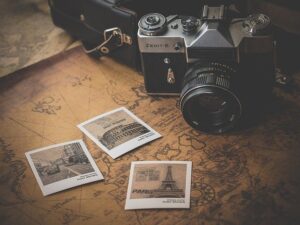 This form of marketing was not actually invented until 1839 by Louis Daguerre, but it changed the landscape of how art was consumed and experienced. Suddenly, people could not only see paintings in person, but they could also share them from the comfort of their homes by looking at photographs. This allowed for a broader audience to appreciate and purchase art than ever before.
This form of marketing was not actually invented until 1839 by Louis Daguerre, but it changed the landscape of how art was consumed and experienced. Suddenly, people could not only see paintings in person, but they could also share them from the comfort of their homes by looking at photographs. This allowed for a broader audience to appreciate and purchase art than ever before.
Galleries
With the advent of photography, galleries became a popular place for artists to exhibit their work. This allowed people to see the art in person and get a better sense of the artist’s intent and technique. The downside, however, is that not everyone could afford to travel or live in places where there were galleries.
Museums
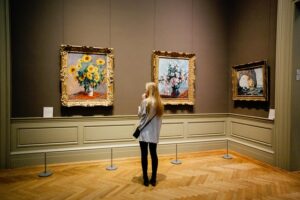 Like galleries, museums also allowed people to see paintings in person, but they were created to provide art education and preserve history. This is why there are often more rules on what type of photography you can take inside museums than galleries (e.g., no flash).
Like galleries, museums also allowed people to see paintings in person, but they were created to provide art education and preserve history. This is why there are often more rules on what type of photography you can take inside museums than galleries (e.g., no flash).
Art-Booking
This form of marketing was first made popular by Pablo Picasso’s Guernica in 1937. Art was limited to museums and galleries, but it began being used for special events like documentaries or political gatherings after World War II. These days you can even book landmarks like Michelangelo’s David at Florence cathedral for weddings!

